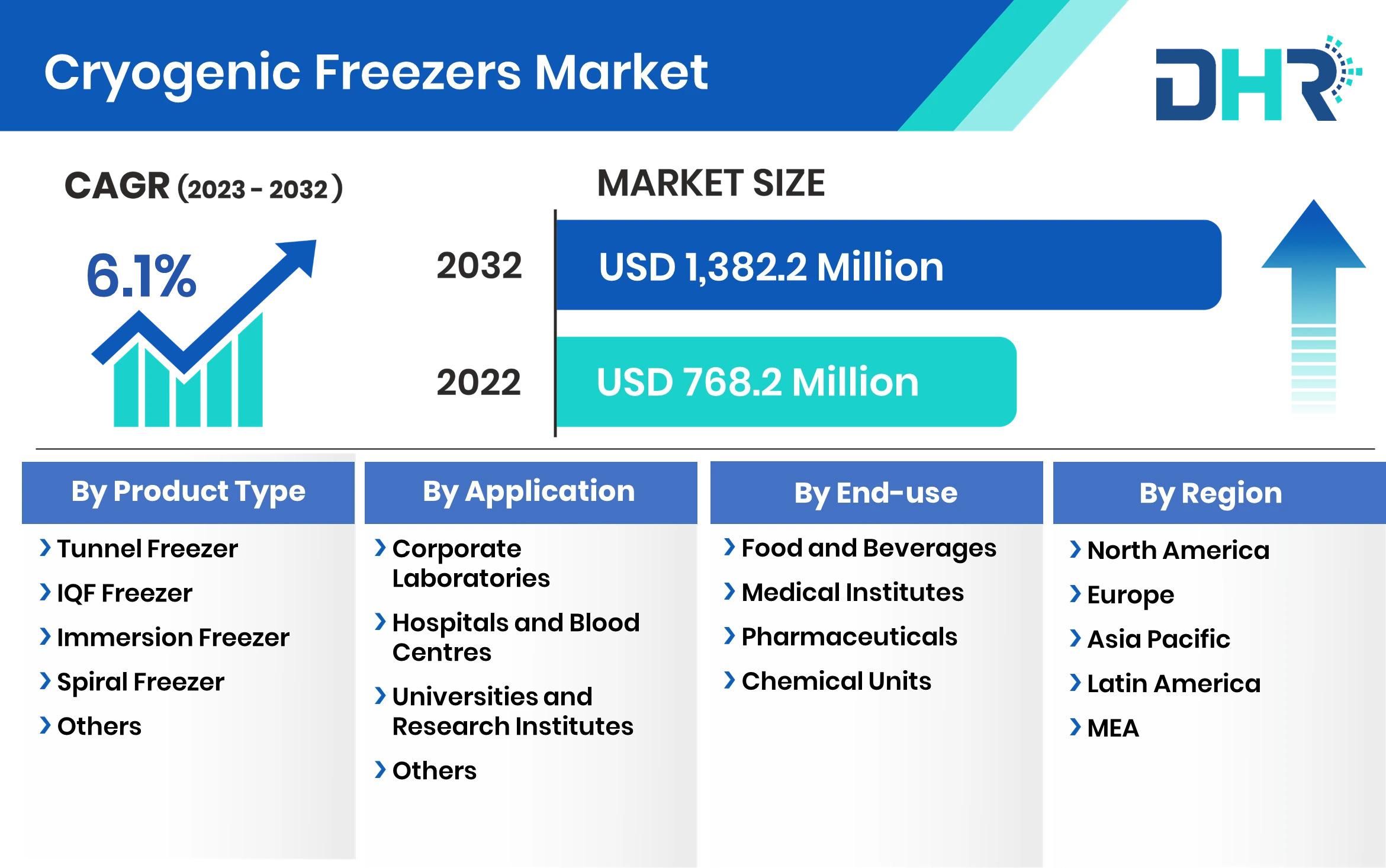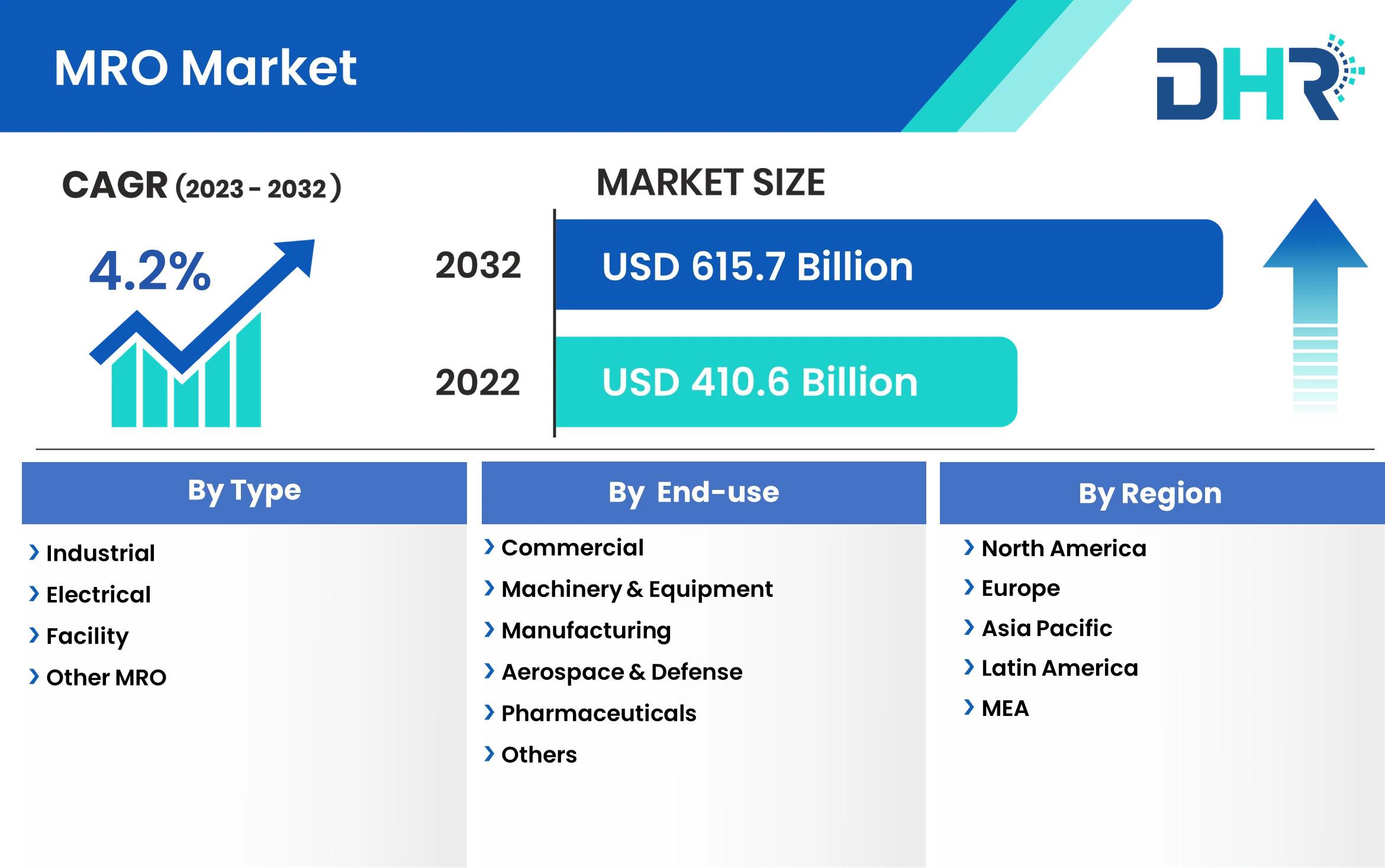Eggs Market Demand, Key Regions and Forecast by 2023-2030
The global eggs market size was valued at USD 136.17 billion in 2022. The market is projected to grow from USD 143.29 billion in 2023 to USD 207.08 billion by 2030, exhibiting a CAGR of 5.40% during 2023-2030.
The eggs market has been evolving and adapting to new PETA-friendly methods due to the rapidly changing consumer base. Different types of eggs in the market, including organic, cage-free, and free-range, are gaining prominence. The nutritional benefits associated with eggs have significantly increased their consumption rate globally, and is expected to drive market growth during the forecast period.
Leading Players Featured in the Research Report:
Companies leading Eggs Market are Cal-Maine Foods, Inc. (U.S.), Rose Acre Farms Inc. (U.S.), Hillandale Farms (U.S.), Versova Holdings LLP (U.S.), Daybreak Foods (U.S.), CP Group (Thailand), Beijing Dequingyuan Agricultural Technology Co. Ltd. (China), Ise Inc. (Japan), Arab Company of Livestock Development (ACOUD) (Saudi Arabia), Gemperle Family Farms (U.S.)
COVID-19 Impact
Pandemic-Driven Consumer Behavior Shifts Spurred Market Growth amid Supply Disruptions
Stringent government regulations and lockdowns aimed at controlling the spread of the virus led to a surge in retail demand for eggs due to their perceived health benefits. However, the closure of food service segments and disruptions in the supply chain caused by the pandemic resulted in increased egg prices and a sudden growth in the global egg market.
Segments:
Conventional Eggs Maintain Market Leadership, Fueled by Production Efficiency and Widespread Availability
By product type, the market is segmented into conventional, cage-free, organic, and free-range. The conventional segment is projected to hold a significant market share during the forecast period. The growth is attributed to the high availability of conventional eggs due to their increased production rate.
Easy Accessibility and Hypermarket Convenience Propel Retail Segment's Share
Based on end-use, the market is divided into food service and retail (supermarkets/hypermarkets, grocery stores, e-commerce, and others). The retail segment is estimated to hold the highest market share during the forecast period, owing to the easy accessibility of eggs in grocery stores. The rising convenience of supermarkets/hypermarkets will further boost this segment.
Geographically, the market is studied across North America, Europe, Asia Pacific, South America, and the Middle East and Africa.
Drivers & Restraints
Market Flourishes as Health Awareness Spurs Consumption and Government Backing Boosts Growth
The eggs market has witnessed significant growth in egg consumption, particularly post-pandemic, with consumers of various demographics increasing their egg consumption. Rising health consciousness and awareness of healthy diets among consumers have driven the market growth. Additionally, government initiatives aimed at spreading awareness regarding the health benefits of eggs are propelling market growth.
However, the increasing global temperature due to global warming is expected to hamper egg production worldwide, affecting market growth.
Regional Insights
Asia Pacific Takes the Lead as China and India Steer Consumption and Production Trends
Asia Pacific holds the largest eggs market share and is anticipated to continue its dominance during the projected period. The growth in the region can be attributed to the high consumption rate of eggs in India, China, and Japan, with China and India being prominent egg producers.
North America is also estimated to hold a major share of the market due to increased egg consumption in North American countries, including Mexico and the U.S.
Competitive Landscape
Increasing Technological Investments by Key Players to Propel Market Growth
Key players in the market, including Cal-Maine Foods, Inc., Hillandale Farms, and Rose Acre Farms, Inc., S.A., are investing significantly in technological advancements to enhance organic products' production rate. These investments are expected to boost market growth during the forecast period.
Browse Summary of this Research Report:
https://www.fortunebusinessinsights.com/eggs-market-108483 Eggs Market Demand, Key Regions and Forecast by 2023-2030
The global eggs market size was valued at USD 136.17 billion in 2022. The market is projected to grow from USD 143.29 billion in 2023 to USD 207.08 billion by 2030, exhibiting a CAGR of 5.40% during 2023-2030.
The eggs market has been evolving and adapting to new PETA-friendly methods due to the rapidly changing consumer base. Different types of eggs in the market, including organic, cage-free, and free-range, are gaining prominence. The nutritional benefits associated with eggs have significantly increased their consumption rate globally, and is expected to drive market growth during the forecast period.
Leading Players Featured in the Research Report:
Companies leading Eggs Market are Cal-Maine Foods, Inc. (U.S.), Rose Acre Farms Inc. (U.S.), Hillandale Farms (U.S.), Versova Holdings LLP (U.S.), Daybreak Foods (U.S.), CP Group (Thailand), Beijing Dequingyuan Agricultural Technology Co. Ltd. (China), Ise Inc. (Japan), Arab Company of Livestock Development (ACOUD) (Saudi Arabia), Gemperle Family Farms (U.S.)
COVID-19 Impact
Pandemic-Driven Consumer Behavior Shifts Spurred Market Growth amid Supply Disruptions
Stringent government regulations and lockdowns aimed at controlling the spread of the virus led to a surge in retail demand for eggs due to their perceived health benefits. However, the closure of food service segments and disruptions in the supply chain caused by the pandemic resulted in increased egg prices and a sudden growth in the global egg market.
Segments:
Conventional Eggs Maintain Market Leadership, Fueled by Production Efficiency and Widespread Availability
By product type, the market is segmented into conventional, cage-free, organic, and free-range. The conventional segment is projected to hold a significant market share during the forecast period. The growth is attributed to the high availability of conventional eggs due to their increased production rate.
Easy Accessibility and Hypermarket Convenience Propel Retail Segment's Share
Based on end-use, the market is divided into food service and retail (supermarkets/hypermarkets, grocery stores, e-commerce, and others). The retail segment is estimated to hold the highest market share during the forecast period, owing to the easy accessibility of eggs in grocery stores. The rising convenience of supermarkets/hypermarkets will further boost this segment.
Geographically, the market is studied across North America, Europe, Asia Pacific, South America, and the Middle East and Africa.
Drivers & Restraints
Market Flourishes as Health Awareness Spurs Consumption and Government Backing Boosts Growth
The eggs market has witnessed significant growth in egg consumption, particularly post-pandemic, with consumers of various demographics increasing their egg consumption. Rising health consciousness and awareness of healthy diets among consumers have driven the market growth. Additionally, government initiatives aimed at spreading awareness regarding the health benefits of eggs are propelling market growth.
However, the increasing global temperature due to global warming is expected to hamper egg production worldwide, affecting market growth.
Regional Insights
Asia Pacific Takes the Lead as China and India Steer Consumption and Production Trends
Asia Pacific holds the largest eggs market share and is anticipated to continue its dominance during the projected period. The growth in the region can be attributed to the high consumption rate of eggs in India, China, and Japan, with China and India being prominent egg producers.
North America is also estimated to hold a major share of the market due to increased egg consumption in North American countries, including Mexico and the U.S.
Competitive Landscape
Increasing Technological Investments by Key Players to Propel Market Growth
Key players in the market, including Cal-Maine Foods, Inc., Hillandale Farms, and Rose Acre Farms, Inc., S.A., are investing significantly in technological advancements to enhance organic products' production rate. These investments are expected to boost market growth during the forecast period.
Browse Summary of this Research Report:
https://www.fortunebusinessinsights.com/eggs-market-108483



